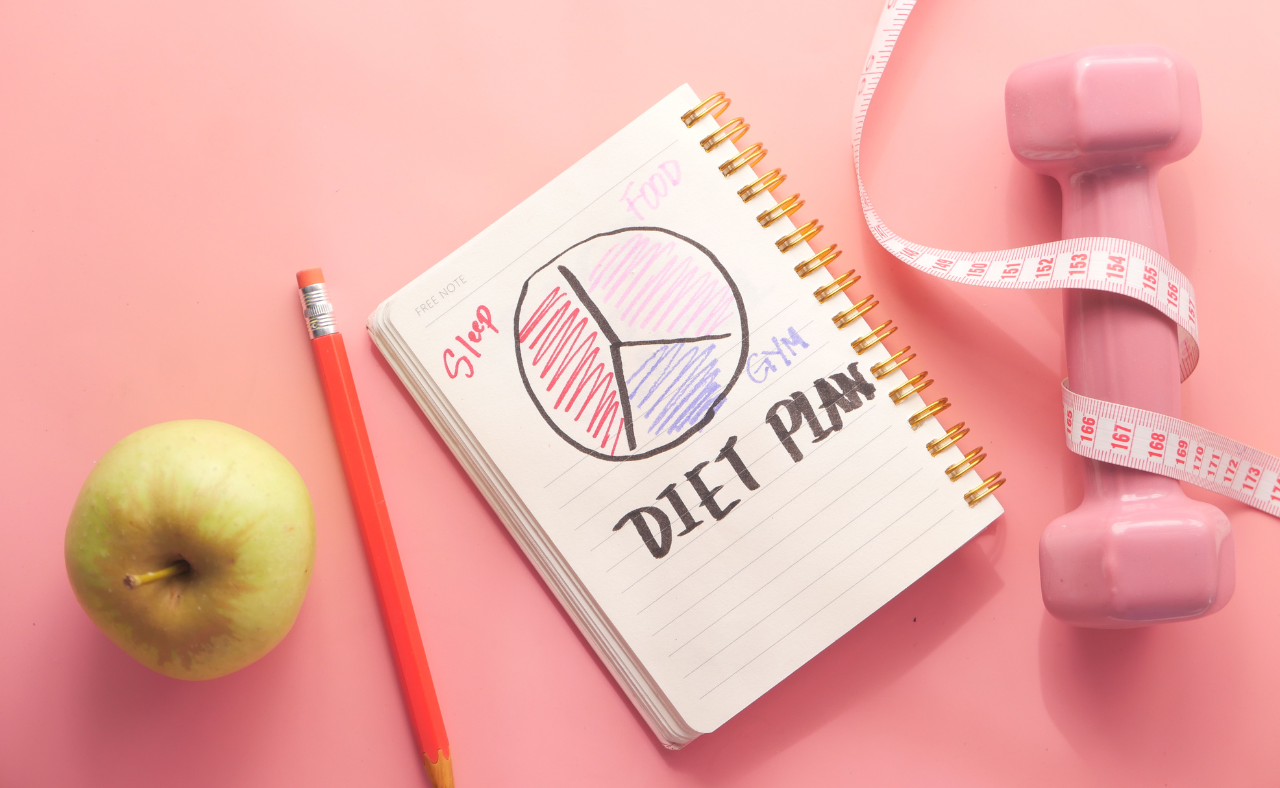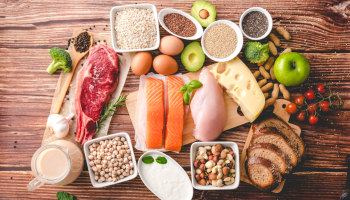Losing body fat is a common goal for many people, whether it’s for health reasons, improving athletic performance, or simply to feel better about oneself. However, achieving this goal requires a balanced approach that combines healthy eating habits with regular physical activity. This article will provide a detailed diet chart and practical tips to help you lose body fat effectively.
Understanding that every individual has unique dietary needs is essential, but there are common principles that can guide anyone looking to shed extra pounds. A diet rich in whole foods, balanced macronutrients, and appropriate portion sizes can significantly impact your fat loss journey. This article will explore these elements and provide a structured diet chart to support your goals.
1. Understanding Macronutrients
The Role of Macronutrients
Macronutrients – carbohydrates, proteins, and fats – are the primary components of our diet. Each plays a crucial role in maintaining body functions and supporting weight loss. Understanding the role of these macronutrients can help you make informed choices about your food intake.
Carbohydrates
Carbohydrates are the body’s primary energy source. However, not all carbs are created equal. Focus on complex carbohydrates like whole grains, vegetables, and legumes, which provide sustained energy and keep you fuller for longer. Avoid simple sugars and refined carbs that can lead to blood sugar spikes and increased fat storage.
Proteins
Proteins are essential for muscle repair and growth. They also play a significant role in satiety, helping you feel full and reducing overall calorie intake. Incorporate lean protein sources like chicken, fish, beans, and tofu into your meals to support muscle maintenance and fat loss.
Fats
Healthy fats are vital for hormone production and overall health. They also help absorb fat-soluble vitamins (A, D, E, and K). Include sources of healthy fats such as avocados, nuts, seeds, and olive oil in your diet. Limit saturated and trans fats found in processed and fried foods.
2. Creating a Balanced Diet Chart

Importance of Meal Planning
Creating a balanced diet chart involves planning your meals and snacks to ensure you get the right nutrients in appropriate portions. Meal planning helps avoid impulsive eating and ensures you have nutritious options readily available.
Sample Diet Chart
Here is a sample diet chart to guide you through a day of healthy eating for fat loss:
Breakfast
- Option 1: Greek yogurt with mixed berries and a sprinkle of chia seeds
- Option 2: Oatmeal topped with sliced banana, walnuts, and a dash of cinnamon
- Option 3: Scrambled eggs with spinach and whole grain toast
Mid-Morning Snack
- Option 1: Apple slices with almond butter
- Option 2: Carrot sticks with hummus
- Option 3: A handful of mixed nuts
Lunch
- Option 1: Grilled chicken salad with mixed greens, cherry tomatoes, cucumbers, and olive oil dressing
- Option 2: Quinoa bowl with black beans, corn, avocado, and salsa
- Option 3: Turkey and avocado wrap with whole grain tortilla
Afternoon Snack
- Option 1: Cottage cheese with pineapple chunks
- Option 2: Celery sticks with peanut butter
- Option 3: A protein smoothie with spinach, protein powder, and almond milk
Dinner
- Option 1: Baked salmon with roasted vegetables (broccoli, carrots, and bell peppers)
- Option 2: Stir-fried tofu with mixed vegetables and brown rice
- Option 3: Lean beef stir-fry with snap peas and quinoa
Evening Snack (Optional)
- Option 1: A small bowl of mixed berries
- Option 2: A piece of dark chocolate
- Option 3: Herbal tea with a splash of lemon
3. Tips for Successful Fat Loss
Stay Hydrated
Hydration plays a crucial role in weight loss and overall health. Drinking enough water can help control hunger, boost metabolism, and improve digestion. Aim for at least 8 glasses of water a day and more if you are physically active.
Control Portions
Portion control is essential for managing calorie intake. Even healthy foods can contribute to weight gain if consumed in large quantities. Use smaller plates, measure portions, and avoid eating directly from packages to help control portions.
Avoid Processed Foods
Processed foods are often high in unhealthy fats, sugars, and sodium, which can hinder your fat loss efforts. Focus on whole, unprocessed foods that provide essential nutrients and support overall health.
Practice Mindful Eating
Mindful eating involves paying attention to what and how you eat. Avoid distractions like watching TV or using your phone during meals. Chew slowly, savor each bite, and listen to your body’s hunger and fullness cues. This practice can help prevent overeating and improve your relationship with food.
Regular Physical Activity
Combining a balanced diet with regular physical activity is key to losing body fat. Incorporate both cardio exercises (like walking, running, or cycling) and strength training (like weight lifting or bodyweight exercises) into your routine. Aim for at least 150 minutes of moderate-intensity exercise per week.
4. Overcoming Common Challenges

Dealing with Cravings
Cravings are a common challenge when trying to lose body fat. To manage cravings, ensure your diet includes sufficient protein and fiber, which help keep you full. Drink water, distract yourself with activities, or allow yourself a small portion of the craved food to prevent binge eating later.
Eating Out
Eating out can be challenging when trying to stick to a healthy diet. Look for menu options that are grilled, baked, or steamed instead of fried. Ask for dressings and sauces on the side, and opt for vegetables or salads as sides instead of fries or chips. Portion control is crucial; consider sharing a meal or saving half for later.
Staying Motivated
Staying motivated throughout your fat loss journey can be challenging. Set realistic goals, track your progress, and celebrate small victories. Surround yourself with supportive friends or join a community with similar goals to stay inspired and accountable.
5. Adjusting Your Diet Over Time
Listening to Your Body
Your body’s needs can change over time, especially as you lose weight and your activity levels change. Pay attention to how your body responds to different foods and adjust your diet accordingly. If you experience fatigue, digestive issues, or hunger, it may be time to reassess your diet.
Seeking Professional Advice
Consulting with a registered dietitian or nutritionist can provide personalized advice and support. They can help you create a diet plan tailored to your specific needs and goals, ensuring you receive the proper nutrients while losing body fat.
Long-Term Sustainability
For lasting fat loss and health benefits, focus on creating sustainable eating habits rather than temporary diets. Make gradual changes to your diet that you can maintain long-term, and allow yourself occasional treats to avoid feelings of deprivation.
Final Thoughts
Losing body fat is a journey that requires commitment, patience, and a balanced approach. By understanding the role of macronutrients, creating a structured diet chart, and incorporating healthy habits, you can achieve your fat loss goals in a sustainable way. Remember that every individual’s body is different, and what works for one person may not work for another. Listen to your body, adjust your plan as needed, and seek professional guidance if necessary.
Ultimately, the key to successful fat loss is consistency. Stick to your plan, stay motivated, and be kind to yourself throughout the process. With the right mindset and tools, you can achieve your goals and enjoy a healthier, happier lifestyle.








